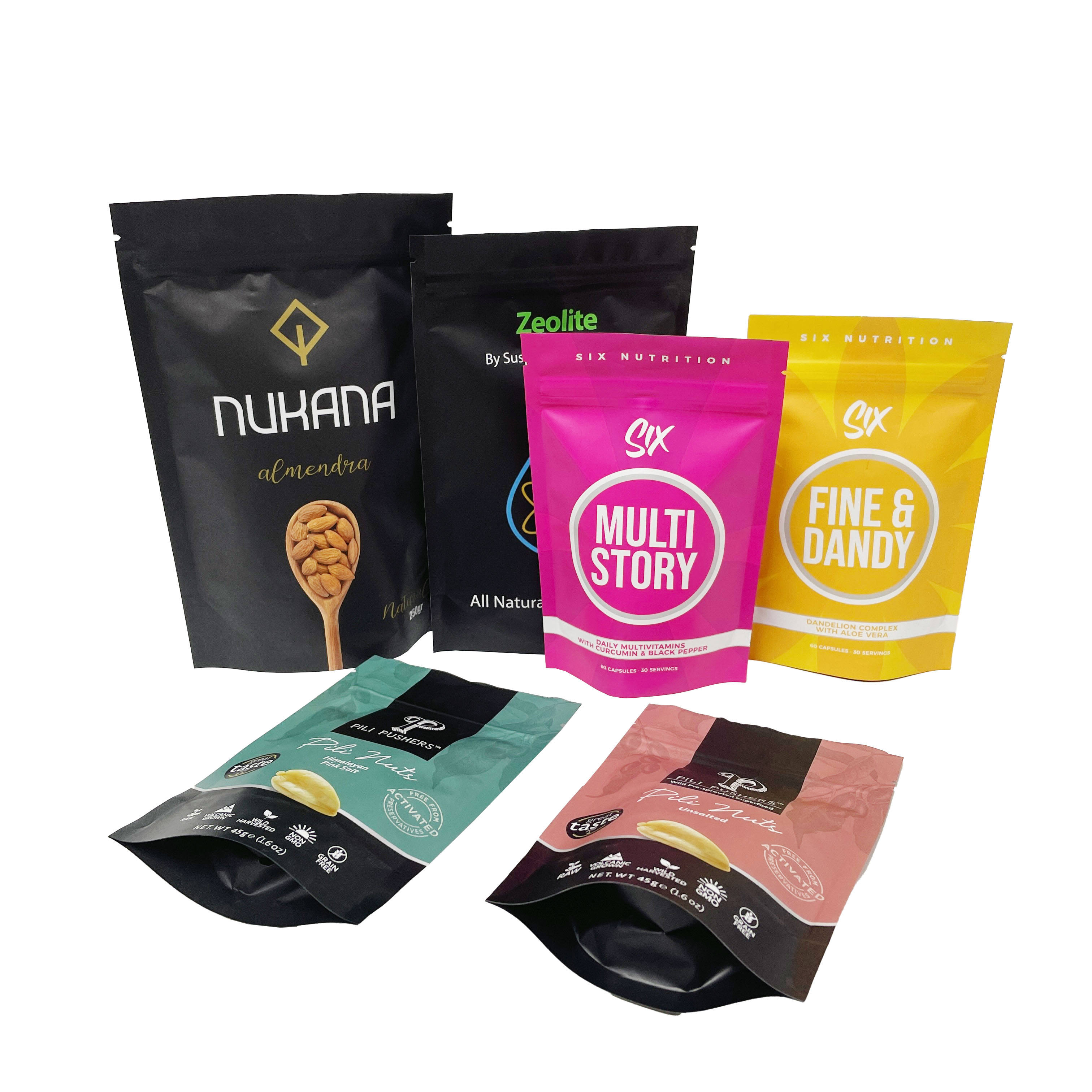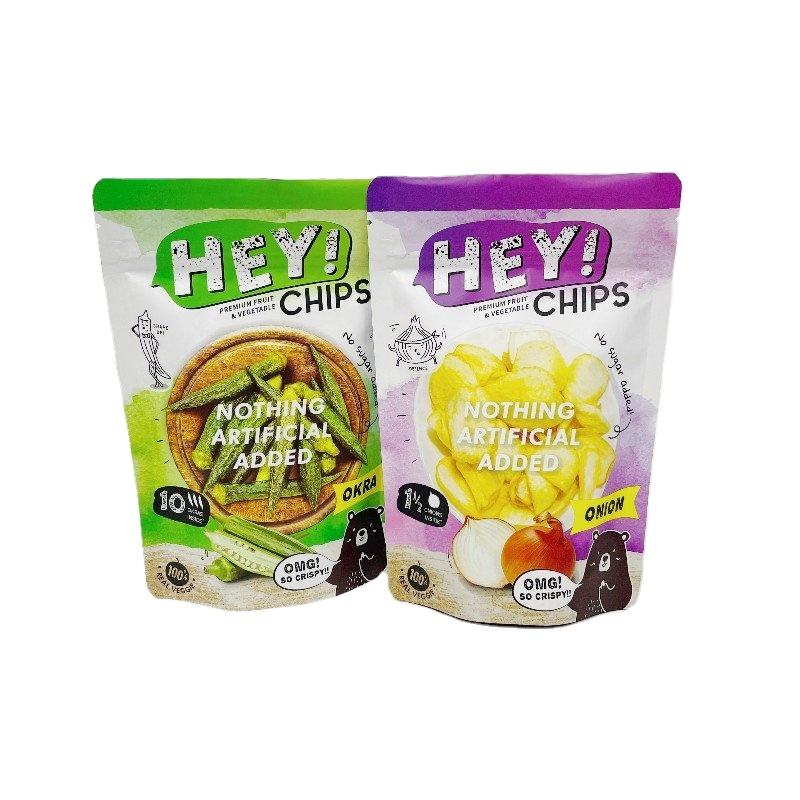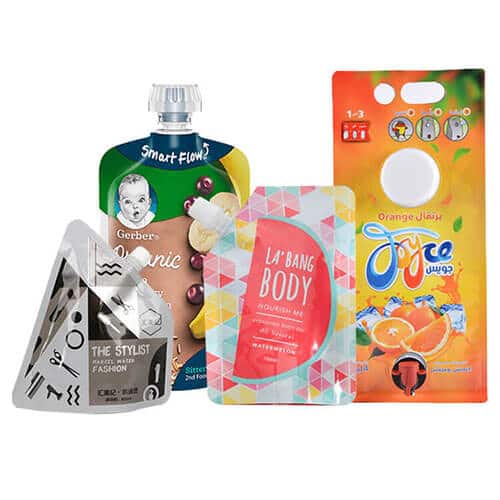With the rapid development of the packaging industry, lightweight and easy to transport packaging materials are gradually developed and widely used. However, the performance of these new packaging materials, especially the oxygen barrier performance can meet the quality requirements of product packaging? This is a common concern of consumers, users and manufacturers of packaging products, quality inspection agencies at all levels. Today we will discuss the main points of oxygen permeability testing of food packaging.
Oxygen transmission rate is measured by fixing the package to the test device and reaching equilibrium in the test environment. Oxygen is used as the test gas and nitrogen as the carrier gas to form a certain oxygen concentration difference between the exterior and interior of the package. Food packaging permeability testing methods are mainly differential pressure method and isobaric method, of which the most widely used is the differential pressure method. The pressure difference method is divided into two categories: the vacuum pressure difference method and the positive pressure difference method, and the vacuum method is the most representative test method in the pressure difference method. It is also the most accurate test method for test data, with a wide range of test gases, such as oxygen, air, carbon dioxide and other gases to test the permeability of packaging materials, the implementation of the standard GB/T1038-2000 plastic film and sheet gas permeability test method
The test principle is to use the specimen to separate the permeation chamber into two separate spaces, first vacuum both sides of the specimen, and then fill one side (high pressure side) with 0.1MPa (absolute pressure) test gas, while the other side (low pressure side) remains in vacuum. This creates a test gas pressure difference of 0.1MPa on both sides of the specimen, and the test gas permeates through the film into the low pressure side and causes a change in pressure on the low pressure side.
A large number of test results show that for fresh milk packaging, the packaging oxygen permeability between 200-300, refrigerated shelf life of about 10 days, oxygen permeability between 100-150, up to 20 days, if the oxygen permeability is controlled below 5, then the shelf life can reach more than 1 month; for cooked meat products, not only need to pay attention to the amount of oxygen permeability of the material to prevent oxidation and deterioration of meat products. And also pay attention to the moisture barrier performance of the material. For fried foods such as instant noodles, puffed food, packaging materials, the same barrier performance should not be ignored, the packaging of such foods is mainly to prevent product oxidation and rancidity, so to achieve airtight, air insulation, light, gas barrier, etc., the common packaging is mainly vacuum aluminized film, through testing, the general oxygen permeability of such packaging materials should be below 3, moisture permeability in the following 2; the market is more common gas conditioning packaging. Not only to control the amount of oxygen permeability of the material, there are also certain requirements for the permeability of carbon dioxide.
Post time: Feb-24-2023







